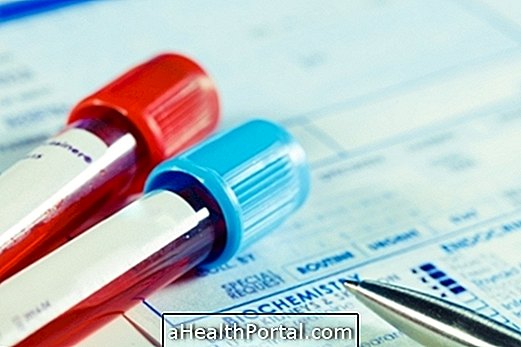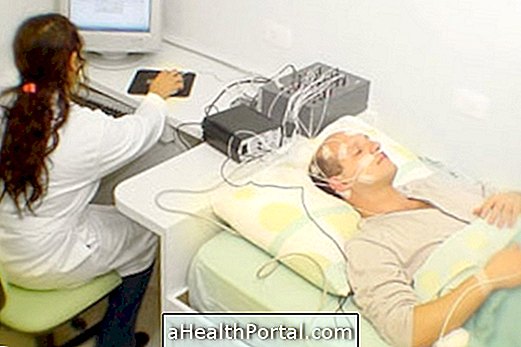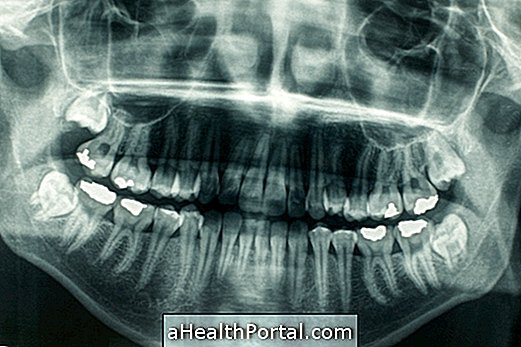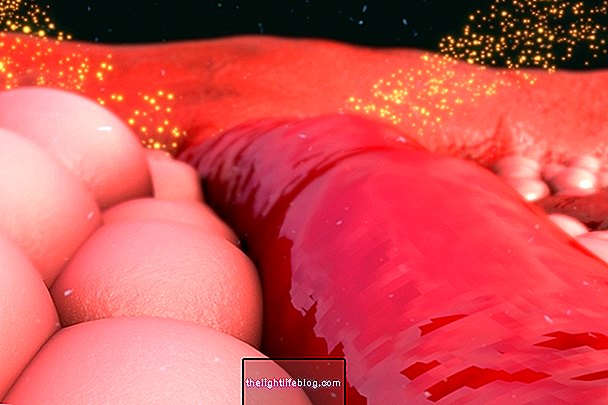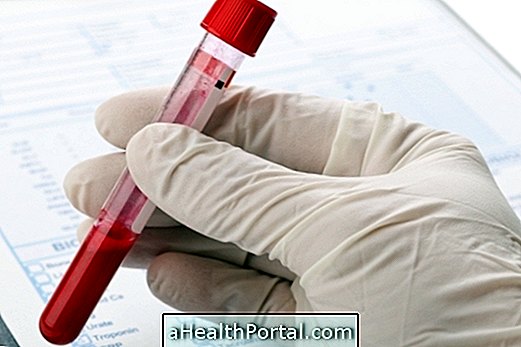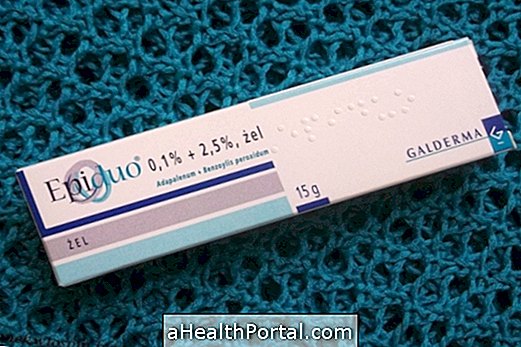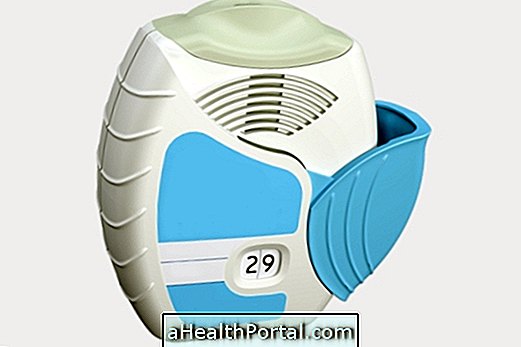The hematocrit or Ht is a laboratory parameter that indicates the percentage of red cells, also known as red blood cells, red blood cells, and red blood cells, in the total blood volume, being important to identify and diagnose some situations, such as anemia.
The hematocrit value may also reflect the amount of hemoglobin present in the red blood cells: when the hematocrit is low, it is usually indicative of some situation in which there is a decrease in the amount of red blood cells or hemoglobin, such as anemia, for example. When it is high, it may be indicative of poor blood flow, which can mean severe dehydration, for example.
See what the results of other tests may mean: hemoglobin, platelets, and blood count.
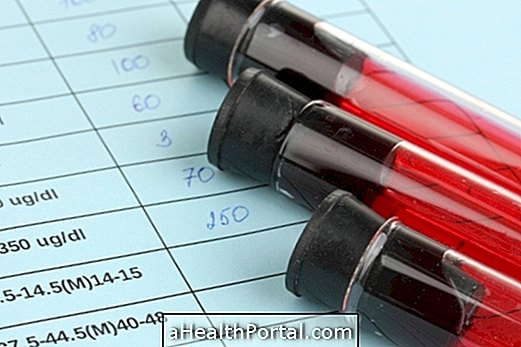
Reference values of hematocrit
Hematocrit reference values vary from laboratory to laboratory, but usually the normal value of hematocrit is:
- Woman : between 35 and 45%. In the case of pregnant women, the reference value is usually between 34 and 47%;
- Man : between 40 and 50%;
- Children from 1 year : between 37 and 44%.
The hematocrit value may vary between laboratories and should be interpreted together with the other parameters of the hemogram. Even when there is a small change in the value of the hematocrit, it does not necessarily mean a health problem and therefore the result must be interpreted by the doctor who requested the examination in order to make the diagnosis based on the analysis of the result of all the tests requested and symptoms described by the person, so that you can start treatment if necessary.
What can be low hematocrit
The low hematocrit may be indicative of:
- Anemia;
- Bleeding;
- Malnutrition;
- Missed or decreased vitamin B12, folic acid or iron;
- Leukemia;
- Excessive hydration.
During pregnancy, low hematocrit is usually a sign of anemia, especially if hemoglobin and ferritin are also low. Anemia in pregnancy is normal, however, it can be dangerous for the mother and the baby if not treated properly. Learn more about anemia in pregnancy.
What can be high hematocrit
High hematocrit may indicate:
- Dehydration;
- Low levels of oxygen in the blood;
- Pulmonary disease;
- Congenital heart disease;
- Erythrocytosis, which is the abnormal increase of red blood cells.
In addition, the high hematocrit may also indicate polycythemia, which is characterized by excess red blood cells. Learn more about polycythemia and how to treat it.
